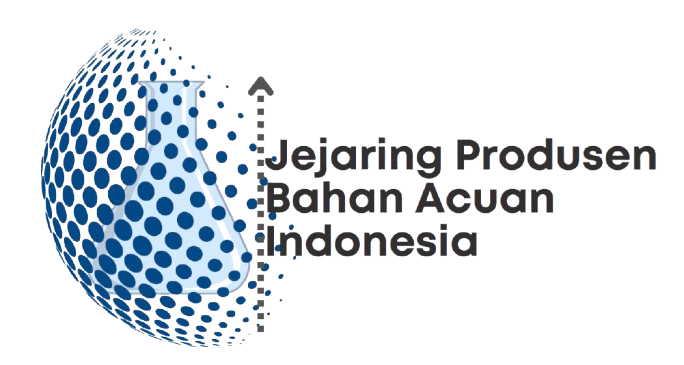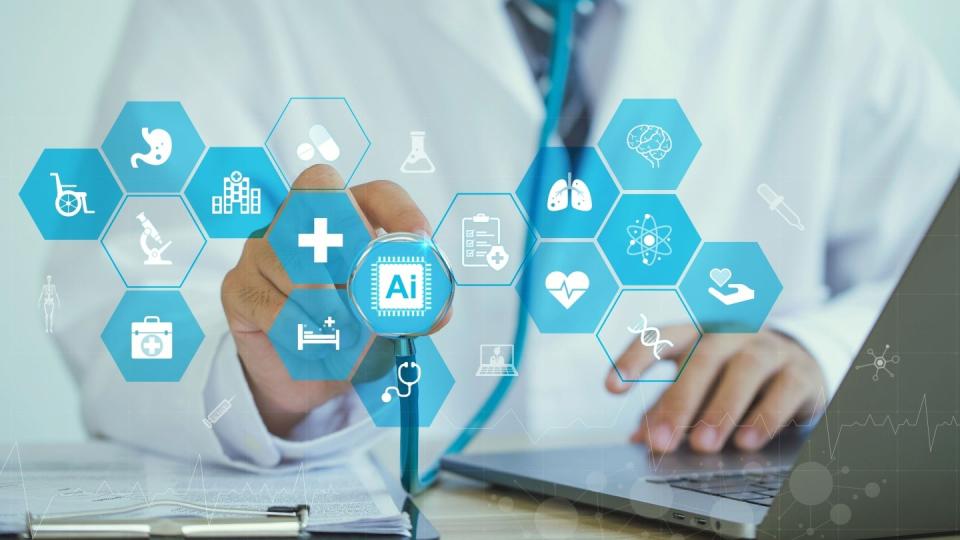In today’s digital world, healthcare is changing fast. Doctors, hospitals, and clinics now use digital tools to manage everything—from patient records to prescriptions. One of the key technologies making this shift possible is Healthcare API Integration.
If you’re in the healthcare field or managing a medical practice, you’ve probably heard this term. But what does it actually mean? And why should you care about it?

Understanding the Basics: What Is an API?
To begin with, API stands for Application Programming Interface. It is a way for two different software systems to talk to each other.
Think of it like a waiter in a restaurant. You tell the waiter what you want, and they bring the food from the kitchen. Similarly, an API takes your request from one app and brings back information from another.
In healthcare, APIs help software systems like Electronic Health Records (EHR), patient portals, pharmacy systems, and billing tools talk to each other.
What Does Healthcare API Integration Do?
When we talk about Healthcare API Integration, we mean the process of connecting different healthcare software systems through APIs. This allows all the systems to share data easily and safely.
For example:
- A doctor using an EHR system can instantly view lab test results from a separate laboratory system.
- A pharmacy can receive prescriptions directly from a doctor’s software.
- A patient can use a mobile app to check appointments, access reports, or talk to their doctor.
All this happens because of API integration.
How Healthcare API Integration Makes Life Easier
Better Access to Patient Information
One of the biggest benefits is that it brings all patient data together in one place. Doctors no longer need to open five different systems to find test results, prescriptions, and history. This saves time and allows better decision-making.
Less Manual Work
Hospitals and clinics do a lot of paperwork. With Healthcare API Integration, a lot of this can be automated. For instance, patient information from the registration desk can be shared directly with the billing and lab teams without manual entry.
Fast and Safe Data Transfer
APIs work in real time. This means that when a patient gets a new test, the doctor sees the result immediately. Also, with the right setup, the data is shared securely, protecting the patient’s privacy.
Real-Life Example of API Integration in Healthcare
Let’s say a patient visits a hospital and is referred to a specialist in another clinic. Without integration, the specialist would need to ask for files, reports, and test results from the hospital. This takes time and causes delays in treatment.
But with Healthcare API Integration, the specialist can access the necessary reports through a secure system right away. This makes treatment faster and more effective.
Where Healthcare API Integration Is Used the Most
- Hospitals and Clinics: To connect systems like patient management, billing, and diagnostics.
- Health Insurance Companies: To check claims and share data with hospitals quickly.
- Telemedicine Platforms: To pull patient history during online consultations.
- Pharmacies: To receive prescriptions directly from clinics.
- Medical Devices: Devices like blood pressure monitors and glucose meters send data directly to apps or EHRs.
Why It Matters for the Future of Healthcare
Healthcare systems around the world are shifting from paper files to digital records. This shift cannot happen smoothly without proper integration.
Also, people want better healthcare services today. They want to:
- Book appointments online
- View test results from home
- Receive prescriptions by email or app
All this is possible only when the back-end systems talk to each other. And that’s exactly what Healthcare API Integration makes possible.
Challenges That Can Arise Without API Integration
If different software systems in a healthcare setup are not connected:
- Data will be stuck in one place.
- Doctors may miss important information.
- Patients may receive delayed care.
- Staff will spend more time doing manual data entry.
- Chances of human error will be higher.
These are real problems that can impact patient care and safety. API integration solves most of these issues by connecting systems and automating the flow of information.
Key Features to Look for in Healthcare API Integration
When choosing an API for your clinic or hospital, here are a few things to look for:
- Security Standards: APIs must follow healthcare laws like HIPAA in the US or similar data protection laws in India.
- Easy to Connect: It should work with the systems you already use.
- Scalability: As your clinic or hospital grows, the API should work with larger systems and more users.
- Real-Time Data Sharing: It should allow instant access to information.
How Healthcare API Integration Helps Patients Directly
While much of the work happens behind the scenes, patients benefit in many ways:
- No need to carry files or test reports
- Faster check-ins and shorter waiting time
- Better and more informed treatment
- Direct access to health data through mobile apps
- Easy communication with healthcare providers
This creates a better experience for patients, which also helps build trust in your clinic or hospital.
Conclusion: Why Every Healthcare Business Should Consider API Integration
Healthcare API Integration is not just a technical process—it’s a smart step toward better, faster, and more connected care. It helps doctors, hospitals, and clinics work more efficiently while giving patients a smooth and easy experience.
From improving patient outcomes to saving time and reducing mistakes, the benefits are clear. In a world where healthcare needs to be fast, safe, and patient-friendly, API integration is no longer optional—it’s essential.
Call to Action
If you’re running a clinic, hospital, or digital health business and want to provide better care, now is the right time to think about Healthcare API Integration. It’s a practical way to bring all your systems together, work more efficiently, and offer a smoother experience for your patients.
Start integrating your healthcare systems today—because better connections lead to better care.
For more insightful articles related to this topic, feel free to visit jpbai.

